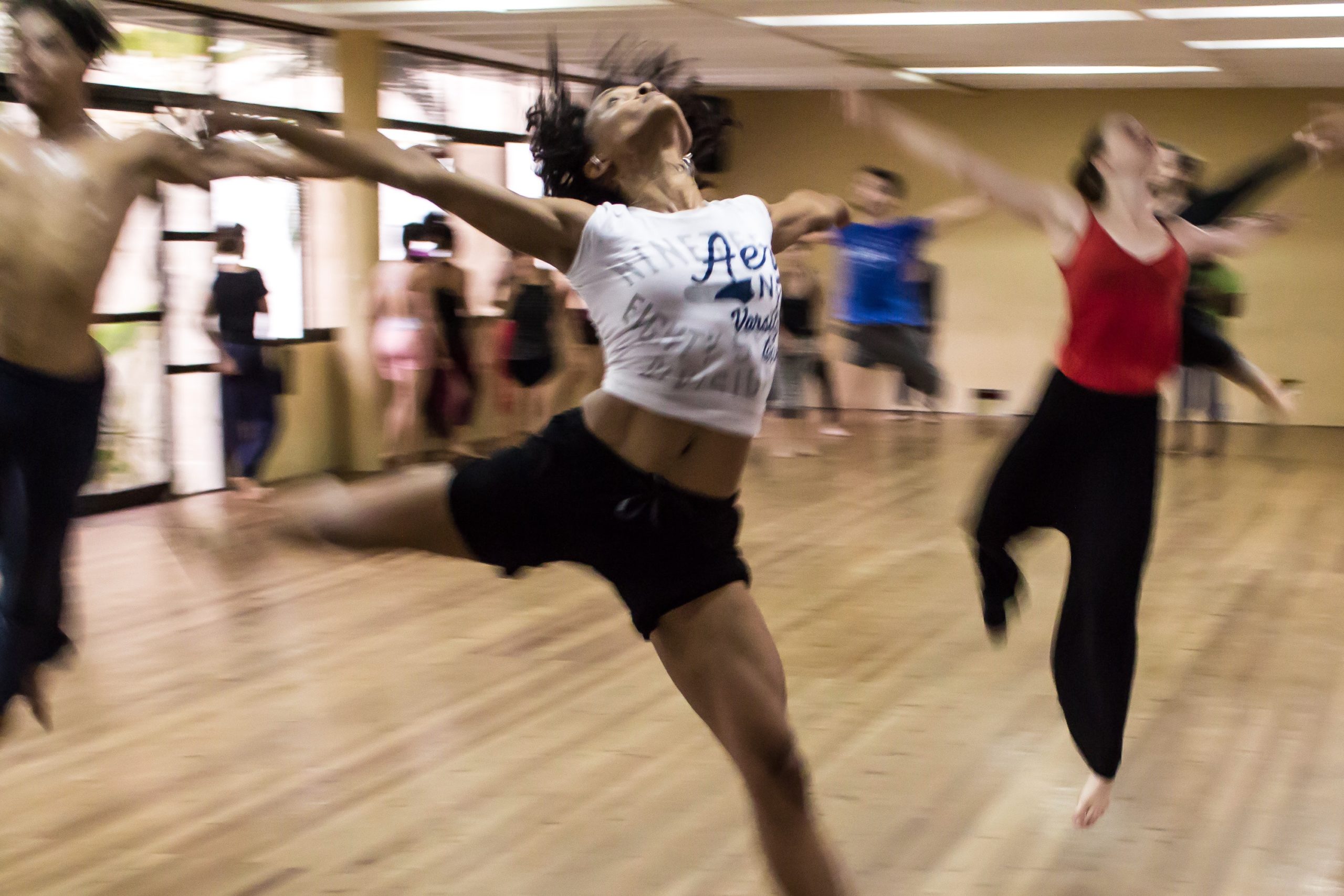Dyspraxia Tips, Tools & Life Hacks

Featured Image by Nathan Cowley, Pexels.com
Blog post updated on 4th May 2023
Our top 10 dyspraxia hacks!
Check out our top 10 dyspraxia hacks below…
Living with dyspraxia can be challenging, but there are several hacks that can make life easier for those who have it.
1) Wear a badge that informs others of your dyspraxia

Image by April Slocombe
You can purchase dyspraxia alert badges that inform others of your diagnosis. These can help provide essential information on how you would like to be supported, or treated, by others
Dyspraxia badges can be purchased from the Sootmegs Etsy shop: https://www.etsy.com/uk/shop/Sootmegs
You can also attach a badge to a lanyard if desired.
2) Try recreational techniques to improve your co-ordination, manual dexterity and relaxation

Image by Michael Zittel, Pexels.com
It is always worth engaging in recreational activities to help relieve stress. However, some activities can also help you improve your co-ordination and dexterity too, such as playing computer games or taking part in fitness classes (e.g. aqua aerobics, dance classes).
You can also try other activities that focus more on relaxation, such as yoga, meditation, or even colouring.
If you’re not sure where to start practicing yoga or meditation, watching videos and taking pictures can help. You can use a tool like VEED (video editing for digital education) that allows you to cut your own video clips with captions and create music playlists—and then share them on livestreaming platforms like Facebook or Instagram.
3) Technology is your friend

Image by MART PRODUCTION, Pexels.com
You can also use technology to help you out. Digital calendars are great for scheduling activities or taking note of important dates.
When writing a to-do list, it is good to prioritise by placing the most important task at the top, made easier by applications such as Trello or Monday.
If your electronic devices have a reminders application, you can use this to remind you to carry out tasks at a specific time.
If reading on an electronic device becomes uncomfortable after a period of time, consider options such as a resolution change to the screen. When reading print, consider a colour overlay to limit visual over-stimulation and increase progression time.
There is also a range of specific software and hardware dedicated to work-related tasks that those with dyspraxia many find challenging, such as Speech-to-Text software to better express themselves on paper, or Text-to-Speech in order to hear the words as they are read.
4) Use lifts or escalators instead of stairs where you can

Image by Meruyert Gonullu, Pexels.com
If you have difficulty with climbing stairs and worry about falling down them, you can use lifts or escalators where they are available instead.
If you require help getting on or off public transport, or navigating the stations, speak to a member of staff. They are usually helpful and will have measures to make things easier for you.
5) Use clothing and footwear hacks

Image by Tim Samuel, Pexels.com
If you struggle with buttons, zips, poppers and shoelaces, there are a number of special clothes, shoes and accessories that you might find easier to wear.
You can purchase skirts, jeans or trousers that have elasticated waists, belts that have Velcro and elastic shoelaces to turn trainers into slip-on shoes.
6) Make eating and drinking easier

Image by Ron Lach, Pexels.com
If you find it hard to hold a fork in your left hand, use your right hand instead. You can always swap the knife back to your right hand when you need to cut food if this is easier for you. You could also use a spoon.
If you struggle with drinking, you can purchase anti-spill cups. Search for them online.
You can also buy Safe-Sips (silicone lids that prevent spillages) that can be placed over cups or glasses and used with straws here.
7) Use a timer for recreational or relaxing activities

Image by Karolina Grabowska, Pexels.com
A lot of smartphones now come with built-in timers, as do smartwatches and fitness trackers. You can use them to time your activities, although it is worth noting that the timers on smartwatches or fitness trackers are usually more efficient when keeping track of time during a physical activity.
8) Ask about reasonable adjustments at your educational placement or workplace

Image by Mikhail Nilov, Pexels.com
At work and school, you could be entitled to reasonable adjustments to make learning or working easier for you. These could include equipment such as a laptop or a tablet, or literal help through a support worker or a job coach.
You can ask your employer at work or your tutor at school for details – or your special educational needs department at your educational facility.
If disclosing in the workplace, either formally or socially, it is worth mentioning there are potentially both behavioural/processing factors and physical factors involved. If this is something that may eventually pose a problem, it is often better to inform your employer before an obstacle arises.
9) Embrace your creativity

Image by Pavel Danilyuk, Pexels.com
You can embrace your creativity in a whole manner of ways such as singing, writing poetry or going to a drama group. These can help build your confidence, as well as being great fun.
10) Attend a support group for people with dyspraxia

Image by RDNE Stock project, Pexels.com
The Dyspraxia Foundation website has a list of dyspraxia support groups that take place throughout the U.K. These help people going through similar challenges to share good practice, and motivational stories.
The list can be found here.
More dyspraxia hacks:
- Dyspraxia Foundation’s Advice for Adults
- Day to day tips for dyspraxics by Natalie Williams
- Video from YouTube’s Visual Knowledge channel about dyspraxic tips
You can also set up a one-to-one meeting with our job advisors.




